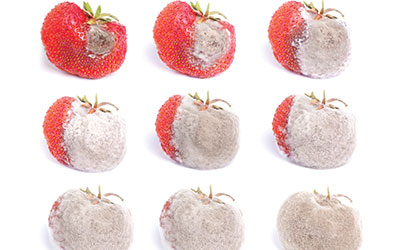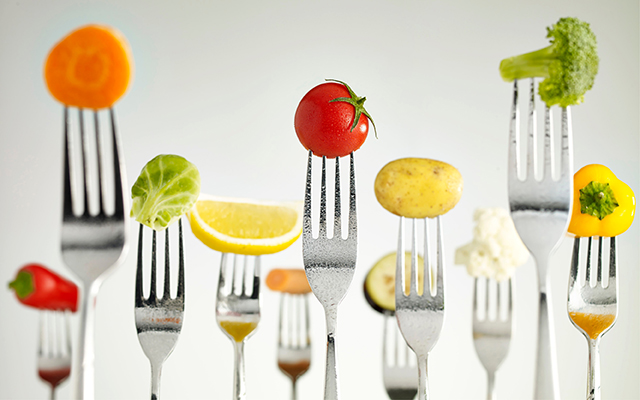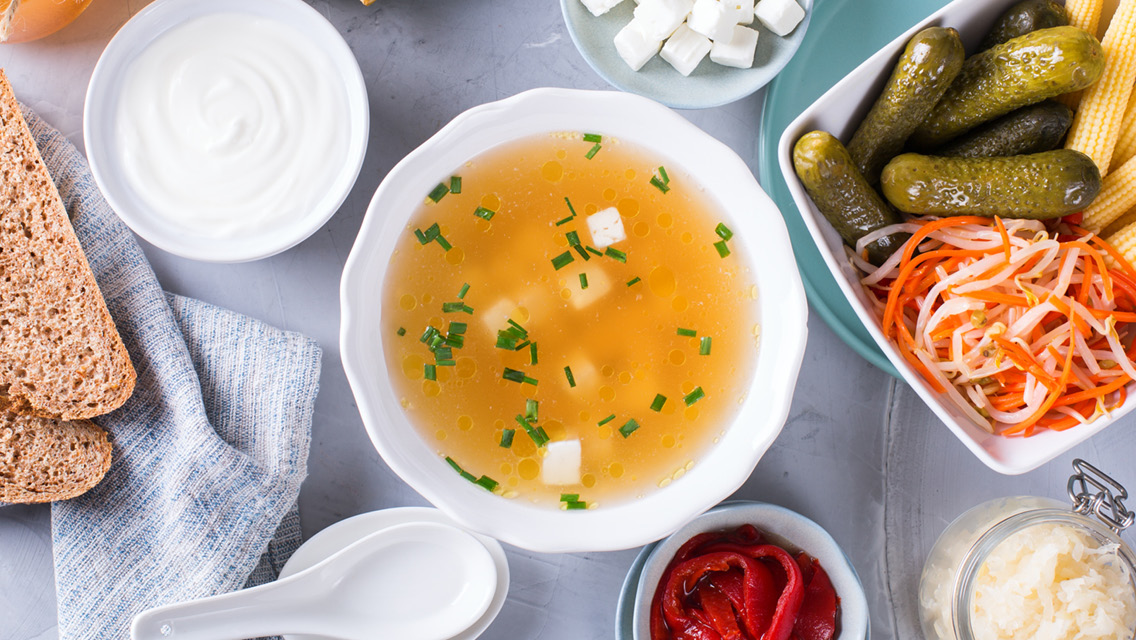It’s time for recollections and reflections of the past year as, theoretically, a way to improve on the forthcoming year. And so I thought I’d kick things off by sharing my biggest gross-out moment of 2013.
It started innocently enough at a neighbor’s tag sale when I picked up a stack of dollar books for young readers. I got some Garfield books (in case you’re wondering, that cat has not upgraded to trendy agnolotti or gone gluten-free; he’s still hell-bent-for-leather on classic lasagna). I found several Nate the Greats (10-year-old solves neighborhood crimes with an astonishing degree of autonomy: “Mom, I’m spending the night in the garbage can to see if there are skunks!”). And I selected some science books on evergreen topics such as magnets, vampires, and storms. The latter are of great interest to 7-year-old boys and 5-year-old girls, of which I have typically representative examples.
My young ones burrowed down into their books. They soon emerged with a question parents are not waiting to hear: “Mom, where can we put our mold collection?”
“Our ‘mold collection,’ dears?”
The query was inspired by A Moldy Mystery by Michelle Knudsen, in which our hero, the young neatnik Jeff, cleans up the room he shares with his older brother, Wayne, after Wayne departs for science camp. Jeff innocently throws out several moldy lunch containers, only to be informed by his mother that Wayne had been working on a Big Mold Experiment. The plot thickens. Clean-jeans Jeff starts growing his own mold on fruits and bread. I don’t want to spoil the story, so I’ll stop right here. But my dearest darlings were inspired: They wanted their own moldy mystery.
First, we needed bread. The book clearly specified that not any old bread would do — ordinary bread, it explained in admirable detail, was full of preservatives that inhibit mold. The book didn’t mention that those supermarket breads with a shelf life of many, many months are also likely to contain creepy ingredients like potassium bromate, a dough conditioner that keeps dough supple in a factory bakery; it’s been classified as possibly carcinogenic to humans and is banned in Europe, Canada, and China but used in many American breads.
The book also didn’t discuss trans fats. Or ammonium sulfate, a chemical fertilizer used in farm fields as well as in bread to feed yeast so it works faster. Or that lots of breads are sweetened with high-fructose corn syrup.
I was lucky enough to grow up in a house with a mom who baked bread, and I’m sad I don’t do that myself. Still, I never buy industrial bread. We buy bread from an organic bakery near our house.
“We can just use this bread,” I said, holding out to my dear ones the ordinary organic bread we always have.
“No, Mom!” they complained in chorus. “We have to go to a special store. It says right here, ‘special store.’”
Like a strange beam of light, it dawned on me: My kids have no idea what they’re eating. None. I go to all these pains. . . .
But then I realized, no kids really know what they’re eating. They just eat what we give them and assume it’s the right thing. The sad thought of children eating buckets of chemicals without knowing it!
In the end, I convinced them that our bread would indeed work. So we put some water on a few chunks of good bread that deserved a better fate, and sealed them in a plastic-container coffin.
Into another small coffin went an organic raspberry — one of those $6-for-a-half-pint organic raspberries. Into another small coffin, an organic strawberry. We set them all in a dark corner of the kitchen and waited.
At 6 the next morning, my 7-year-old was squint-eyed and sleepy. And disappointed. “Mom, there’s no mold!” As if it was my fault.
But the next morning after that, heavens! The raspberry looked like Cousin Itt. Fragile wisps of gray-green fuzz completely obscured the fruit; it was in a mold cloud, a fungal haze, a living matrix of decay. It was disgusting and gorgeous. Talk about joy among my dears.
The strawberry had sent up a single filament of something green, fuzzy, and branched, like an old rooftop television antenna. And what happened to the bread isn’t fit for polite conversation. It grew hair. And attracted fruit flies. Success!
All the experiments, and their containers, were duly dispatched — not a banner moment for sustainability. Later, I overheard my 5-year-old tell a neighbor that she should grow some mold, too.
And here’s where the nice, hopeful part of this story ends and things get disgusting. Being a thoroughly modern mother, I tweeted out a picture of our moldy raspberry (I’m @DearDara if you need some real-time mold updates). One of my followers tweeted back: “What would happen if it were a conventional raspberry, I wonder?” Which led me to think back, Why was it we stopped eating conventional berries?
Somewhere in the early mists of parenthood, about when my first baby started eating solid food, I committed the dirty-dozen list of the most pesticide-drenched foods to memory and stopped buying conventional berries, grapes, and apples. It actually made life a lot easier: The grapes we buy are organic; if there aren’t organic grapes in the store, we don’t buy grapes. Dogma! It’s popular because it’s easy. But like any dogma, a couple of years into it you often forget the original principles: What was it about conventional raspberries I was avoiding?
So I bought conventional rasp-berries for a new mold experiment of my own. Into a plastic coffin with some water one went.
And do you know what happened 48 hours later? Nothing: The raspberry was just a flat mush. A few days later, it started to smell bad, probably because the water was fermenting. So I tossed it.
Then I started doing some research. What was up?
Now comes the long-promised grossest moment of the year. Turns out that conventionally raised raspberries — as well as strawberries, blackberries, and other berries — are universally sprayed with layers of killing chemicals. These include fungicides, herbicides, and pesticides, like captan, which, with high-level prolonged exposure, has been named a likely human carcinogen by the EPA; vinclozolin, which may disrupt human sexual development; iprodione, a likely human carcinogen; and carbaryl, a possible carcinogen — and the thing they were cooking up in India when the 1984 Bhopal disaster killed an estimated 15,000 people. And there are dozens and dozens more chemicals used on our fruit. Which of those prevented beautiful, fuzzy, luxurious natural mold from enveloping that sad, flat raspberry? I’ll never know.
I do know, though, that we, all of us, are full of microscopic flora not so different from the wild molds that made my organic raspberry so flagrantly furry. And it’s becoming clearer every day that our overall health is directly related to the health of the flora within us. So why would we threaten that internal world with dozens of pesticides and weird novel things like chemical yeast fertilizers?
I don’t know. What I do know is that after marveling at beautiful, healthy mold, conventional, chemical-drenched “normal” seems really gross.




This Post Has 0 Comments